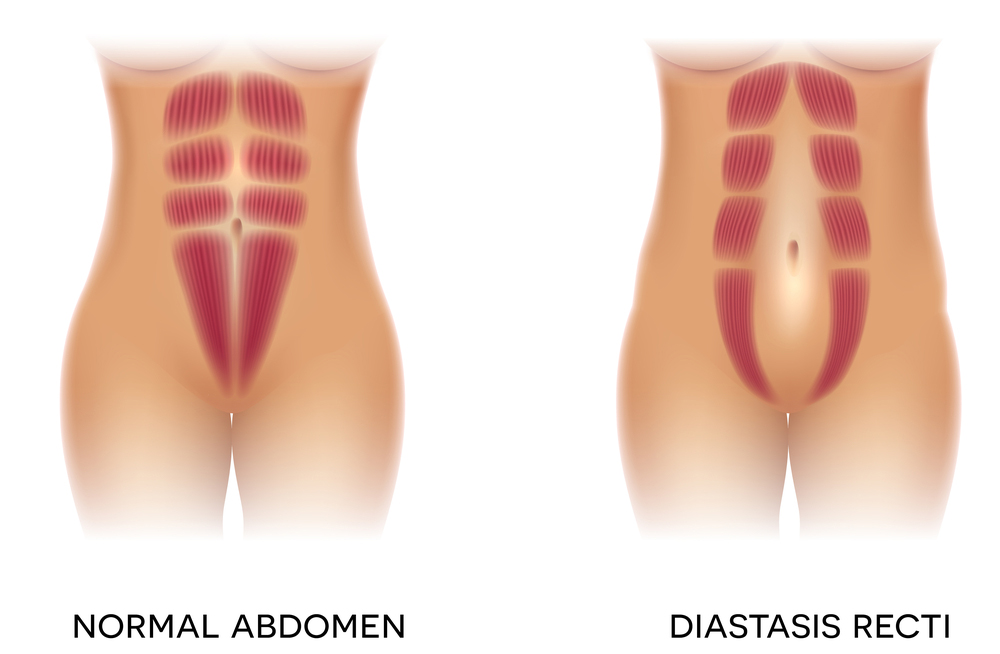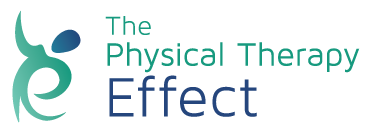Post-Partum Women Can Use Video-Based Exercise Program to Help With Diastasis Rectus Abdominis
Oct 1, 2021

A study performed at the Hospital for Special Surgery, or HSS, finds core exercise video programs online can help women to treat diastasis rectus abdominis. The video program, which was designed by Leah Keller, a certified personal trainer and the founder of Every Mother, offers both prenatal and postnatal fitness courses. The HSS study investigated how well the video program worked by measuring the space between the ab muscles in study participants both before and after the program was completed. They also looked into whether the program helped to decrease the symptoms of diastasis rectus abdominis.
The HSS researchers found that participation in the Keller program did result in a significant decrease in the gap between the ab muscles by the end of the program. The program included exercises specifically targeted to help heal diastasis rectus abdominis. It also covered patient education on how to properly engage the core both during the program and throughout daily activities.
What Is Diastasis Rectus Abdominis?

Diastasis rectus abdominis is a condition that affects women who have just had a baby. Post-partum, the belly can stick out a bit to form a pooch. This is because the space in between the left and right abdominal muscles has widened, allowing the stomach to poke through. Pregnancy puts a lot of stress on the abdominal muscles and sometimes, after pregnancy is over, the abdomen can’t keep its shape as well.
What Are the Symptoms of Diastasis Rectus Abdominis?
Diastasis rectus abdominis isn’t just a stomach pooch. It can also cause:
- Back pain
- Constipation
- Urine leaking
- Difficulty breathing
- Difficulty moving normally
- Hernias
Who Can Get Diastasis Rectus Abdominis?
While diastasis rectus abdominis is most common in women who have been pregnant, men and newborn babies can have it, too. In babies, it typically goes away on its own. In men, it can be caused by things like weight lifting incorrectly, doing sit-ups the wrong way, or yo-yo dieting. Two-thirds of post-partum women experience the condition, but it’s more common in women over the age of thirty-five, in women who have had more than one child, especially if the children are close in age, and in women who have birthed multiples such as twins.
How Can Diastasis Rectus Abdominis Be Treated?

In some cases, diastasis rectus abdominis goes away on its own. The space between the abs gradually closes and the pooch of the stomach sticking out is reduced. However, this isn’t the case for everyone. Some women still have diastasis rectus abdominis up to a year after giving birth. Most often, diastasis rectus abdominis is treated with exercise that specifically targets the core in order to strengthen the abdominal muscles.
Does Diastasis Rectus Abdominis Have to Be Treated?
Some people decide that they can live with the condition and don’t make any effort to treat it. This is fine unless someone is planning to get pregnant again. Diastasis rectus abdominis can make giving birth more difficult because there isn’t enough muscle support. Therefore, it’s important to work with a doctor and, if recommended, a physical therapist to close the space between the abs before getting pregnant again.
Is a Physical Therapist Still Necessary to Treat Diastasis Rectus Abdominis?
Want More Physical Therapy News?
Check our blog for monthly updates on the latest physical therapy advancements.
Browse the BlogFor informational purposes only.











